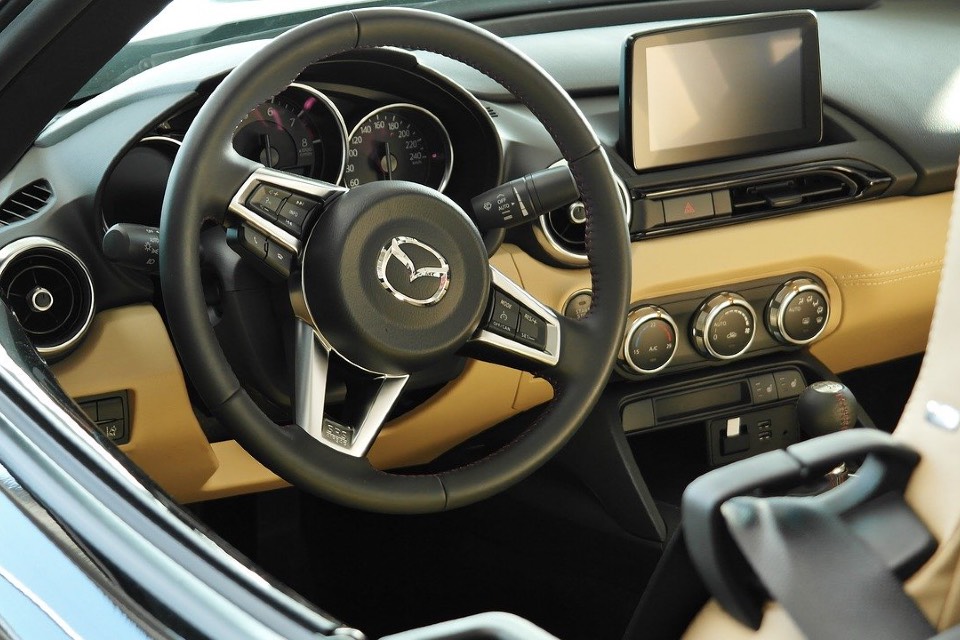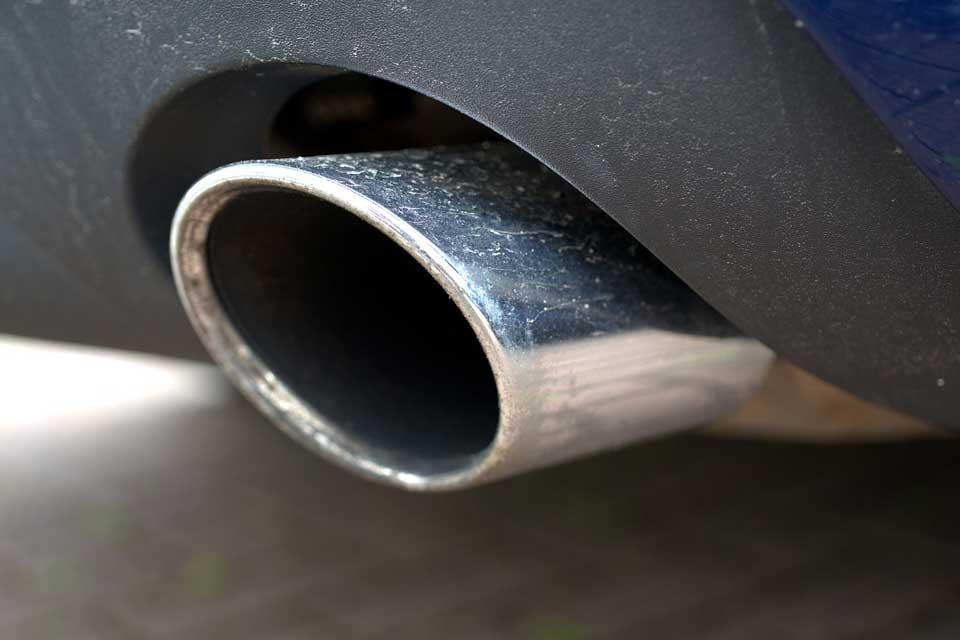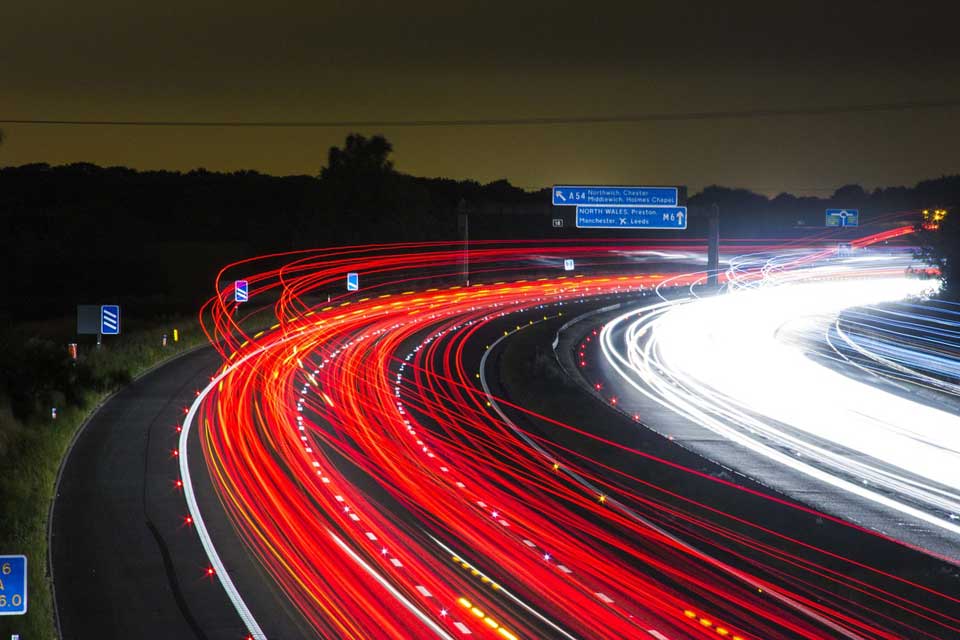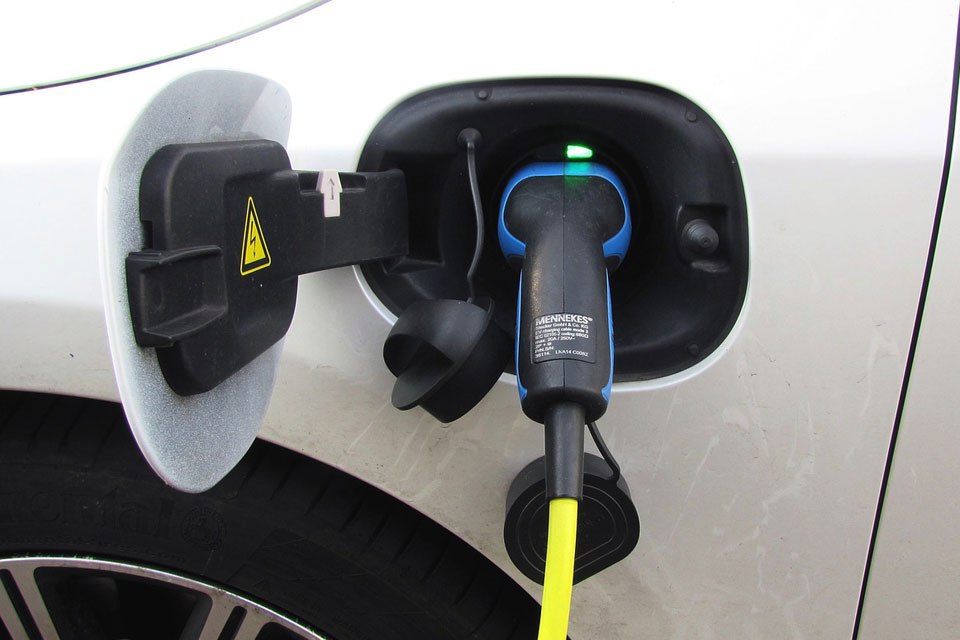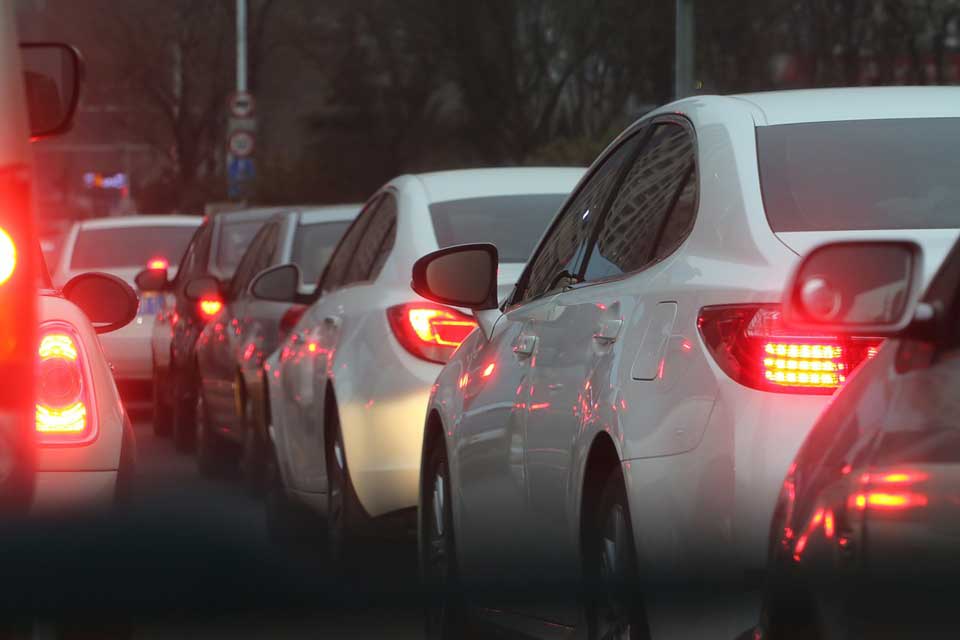Clean Air Zones to impact 40% of businesses, research shows
https://fleetservicessummit.co.uk/wp-content/uploads/2020/08/Shaun-Sadlier-one-2.jpg 960 640 Stuart O'Brien Stuart O'Brien https://secure.gravatar.com/avatar/81af0597d5c9bfe2231f1397b411745a?s=96&d=mm&r=gMore than four out of 10 businesses (43%) believe they will be affected by the introduction of Clean Air Zones (CAZ) across the UK and the Ultra-Low Emissions Zone (ULEZ) in London,
The findings stem from the 2020 Arval Mobility Observatory, which gains insights into fleet and mobility trends across the UK and Europe through a wide ranging set of questions.
It also asked respondents how they will react to the introduction of CAZs and the ULEZ. In total, 76% said they will replace vehicles to meet the new standards, 27% will find other types of transportation to allow them to continue doing business within the zones, and 27% will make no changes, accepting the impact and cost.
Shaun Sadlier, Head of Arval Mobility Observatory in the UK, said: “These results indicate the ways in which fleets are planning to manage the introduction of the new zones across the country although, of course, many have now been delayed by the coronavirus crisis.
“Overall, more than four out of 10 believe they will be affected and, of these, around three out of four plan to meet the challenge by operating vehicles that meet whatever new regulations are being introduced.
“To us, this is unsurprising. In most places, the introduction of CAZs are really designed to remove vehicles that use older, less clean emissions technology from cities. The truth is that because the regulations are relatively straightforward, many fleets are already compliant. Over the next couple of years, just through normal, planned replacement of vehicles, most should meet the regulations.
“It’s also thought-provoking to see that around a quarter are planning to use alternative modes of transport. It would be fascinating to know what these are, especially whether some fleets are going to be able to make a switch into public transport or other mobility options.”


